The Measure of Program Success? Probably not attendance either
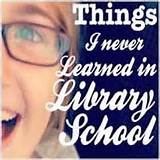 You look around your program and there are only a handful of teens here, which makes you feel like your program is a failure. But that’s not necessarily the truth. There may be nothing wrong with your program, but everything wrong with things like when your programming is available or whether or not your teens got the message that you were having a program at all, i.e. your marketing.
You look around your program and there are only a handful of teens here, which makes you feel like your program is a failure. But that’s not necessarily the truth. There may be nothing wrong with your program, but everything wrong with things like when your programming is available or whether or not your teens got the message that you were having a program at all, i.e. your marketing.
Programming attendance may give us some information about programming quality or success, but it may not – maybe no one came because it was the wrong type of program for your community. But the truth is that is just a guess on your part. It’s also possible that no one came because you had the right program but on the wrong day or at the wrong time. Or maybe they simply didn’t know you were even having a program. So when we talk about measuring program success, a conversation we began yesterday, program attendance doesn’t necessarily give us the information we are looking for either. There are a couple of reasons for this.
ADVERTISEMENT
ADVERTISEMENT
The When and Where of It
Programming is not an exact science, it is in fact a delicate dance in which you must coordinate all the parts and pieces to go together in just the perfect way. It’s not just about putting together a good program, it’s about putting together a good program and offering it on the right day at the right time for the right audience. Finding out when that right day and time is involves a lot of trial and error, and sometimes even just outright asking your patrons through things like surveys and focus groups.
As a part-time librarian I had to work an overall schedule that worked best for the scheduling of the building staff, but it didn’t always work best for programming. Because I had fewer days in the building, programming days were already severely limited. Then the schedule that worked best for the overall staff was Sundays, Mondays and Tuesdays. It turned out that programming on Sundays was a no go for our community, so now our programming was down to 2 days only. And of course during the school year outreach to the schools on a Monday or Tuesday works well, but programming in the library becomes more limited because you only have the after school hours. It took us quite a while to figure out a schedule that worked well for our community and our library staff that would result in some of the best times for library programming.
But even once you start getting a good rhythm established, things can come up. School open houses and performances, mid-terms, a sudden term paper from a hard core teacher: There are a lot of things that can impact program attendance that are completely out of your control. Maybe there is a storm. Maybe another organization has a program planned for the same day and time (which is another great reason to network with others serving youth in your community, so you’ll have this information and can plan accordingly).
The truth is, low program attendance may mean that it wasn’t the right program. But it may also mean that it was the right program on the wrong day or at the wrong time. And knowing the difference can be difficult to discern.
Did You Get My Message?
“Did you get my message, the one that I left
While I was trying to condense everything that I meant” – Did You Get My Message, sung by Jason Mraz
Jason Mraz sings a really great song called Did You Get My Message where he wonders whether or not someone received his message that he was trying to send out because he hasn’t heard a reply. When people don’t show up to our library program is can leave us feeling like this. How we get our message out about an upcoming program is called marketing, and I would argue that it is often the number one reason why you may have low program attendance. This, it has been my experience, is the thing that libraries struggle with the most and fail at the most often. Sometimes it is not our programming that is the problem, but our marketing.
Marketing is a really hard thing to do and do well, people get entire degrees in the field of marketing alone. And yet most YA librarians are tasked with program marketing as part of their daily duties with almost no training, guidelines and, quite frankly, little discussion. This is especially true in smaller libraries or cash strapped systems. It seems that the smaller you go the more hats a librarian has to wear.
ADVERTISEMENT
ADVERTISEMENT
For most the idea of program marketing means putting together a flyer and possibly a display. This is obviously a great place to start but it is limited in that it is in-house marketing which means you are only advertising to your library patrons that are already coming into the library. If we want to reach out to the community we have to reach beyond those walls. We have to step outside the library and find ways to communicate what we’re doing to the people who aren’t already library users.
Entire books have been written about library marketing so I’m not going to discuss it in detail here, there are even several chapters on it in The Whole Library Handbook: Teen Services (BSP Alert! Heather Booth and Karen Jensen, ALA Editions 2014). I just wanted to make mention of the fact that low program attendance may not be a good evaluation tool for your library program, but it may be a very real indication that you need to re-evaluate your library marketing strategy. Don’t just assume low attendance means you put together a bad or unappealing program, but ask yourself what else low attendance can mean.
One way to investigate how your marketing strategies are working is to ask people how they found out about your program, which is particularly easy to do if you require program registration. However, for large scale programs many libraries do not because they are often just a come as you are thing. So consider doing focus groups or yearly surveys to find out what marketing strategies you are using effectively, what you need to investigate, and what you may want to drop all together.
So if you can’t measure program success by book circulation or program attendance as we have discussed so far, how do you measure program success? I’ll share my thoughts on this with you tomorrow. I have a formula and I’d love to know what you think.
Filed under: Professional Development
About Karen Jensen, MLS
Karen Jensen has been a Teen Services Librarian for almost 30 years. She created TLT in 2011 and is the co-editor of The Whole Library Handbook: Teen Services with Heather Booth (ALA Editions, 2014).
ADVERTISEMENT
ADVERTISEMENT
SLJ Blog Network
Happy Poem in Your Pocket Day!
This Q&A is Going Exactly As Planned: A Talk with Tao Nyeu About Her Latest Book
Family Style: Memories of an American from Vietnam | Review
Parsing Religion in Public Schools
ADVERTISEMENT

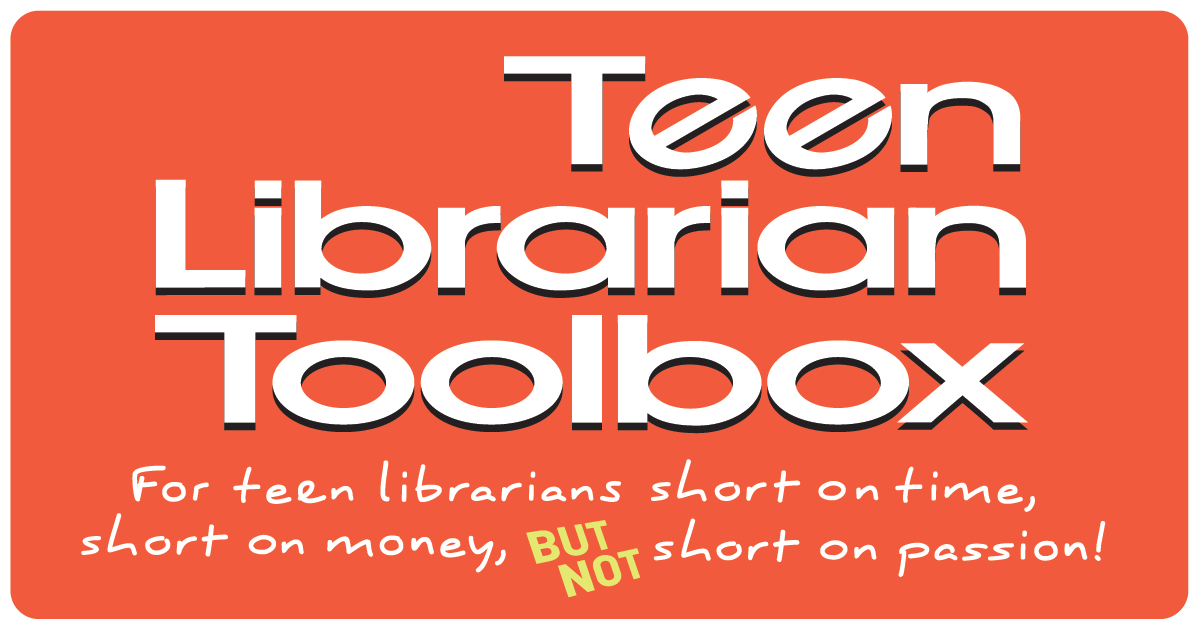
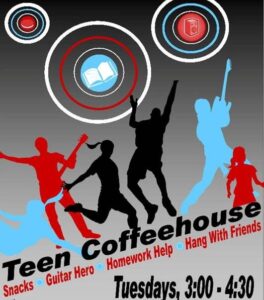

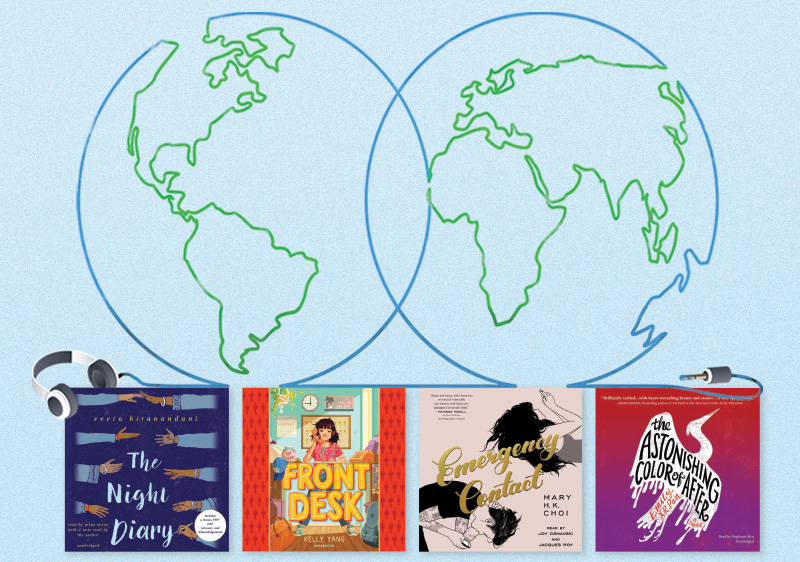
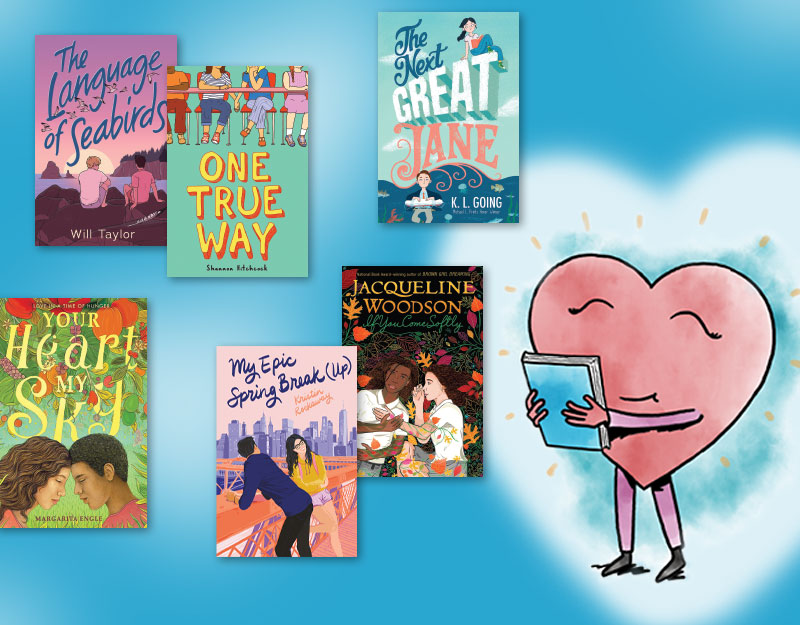



So true! My second teen library program to ever put on I created “An Evening of Feels” which was a big book discussion, trivia, and craft program about The Fault in Our Stars. Only two people showed up for a program set up for at least 35. Turns out the nearby middle school was having a choir concert that night AND a bunch of teens had last minute tests and projects to complete fthat their teachers assigned right before their fall break. I wouldn’t have known that since I have to plan my programs out about 2-3 months in advance and was new, but my advice is to print out that school calendar and any activity calendars you can get your hands on! You can’t plan for everything, but it you know when major school events/holidays are you might be able to avoid things like the choir concert conflict! I had probably a dozen teens tell me they wanted to come as they left to go do schoolwork or go to that concert. One girl who did come actually said she would’ve brought her friend with her, but she thought registration would be ful. Whom Whomp.
Molly, this has so happened to me, I know exactly what you are talking about. And you’re right, when we plan so far ahead things come up that we have no way of predicting. Great idea about the school calendars, keep them handy! Thanks so much for reading and leaving a comment. I love when we share stories because it is so affirming to know you are not alone.